Business in New Zealand, Auckland, Wellington
New Zealander economy, Logistics and Foreign Trade. Agribusiness, manufacturing (New Zealand)
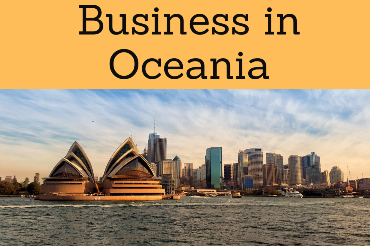
New Zealand has an efficient, market economy, a secure business environment, and excellent infrastructures
- New Zealand ranks fourth in economic freedom (Heritage Foundation) and occupies the second position in the ease of doing business index (WB)
- Main Economic Sectors of New Zealand are manufacturing, services, and agricultural
- Auckland is the largest city and the largest port
- Introduction to New Zealand (Oceania)
- New Zealander Economy
- Doing Business in Auckland
- New Zealander International Trade
- Transport and Logistics
- Investment in New Zealand
- Business Opportunities in New Zealand
- Information Technology
- Infrastructure
- Agribusiness
- Manufacturing
- Case Study: Fonterra
- Access to the New Zealander market
- Business Plan for New Zealand
Sample:

The educational aims of the Subject “Foreign Trade, Logistics and Business in New Zealand” are:
- To analyze the New Zealander Economy, Logistics and Foreign Trade
- To conduct research on business opportunities in New Zealand
- To explore the New Zealander trade relations with the student's country
- To learn about New Zealander Trade Agreements
- To examine the profile of New Zealander companies
- To develop a business plan for the New Zealander market

The Subject “Foreign Trade, Logistics and Business in New Zealand” is included within the curriculum of the following academic programs at EENI Global Business School:
Masters: International Business, Foreign Trade.
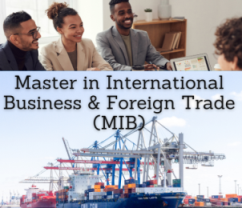

Masters adapted to  New Zealander Students.
New Zealander Students.
Languages: 
 Nueva Zelanda
Nueva Zelanda  Nouvelle-Zelande.
Nouvelle-Zelande.
- Subject Credits “Doing Business in New Zealand”: 2

International Trade, Logistics and Business in New Zealand.
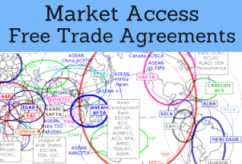
Market Access and Trade Agreements of New Zealand
- New Zealand and the Economic Area of Oceania
- APEC
- Pacific Islands Forum
- Oceania Customs Organization
- Agreement for Trans-Pacific Partnership
- Regional Comprehensive Economic Association
- Australia-New Zealand Closer Economic Relations Agreement
- South Pacific Regional Trade and Economic Cooperation Agreement
- ASEAN-Australia-New Zealand Agreement
- China-New Zealand FTA
- Singapore-New Zealand Agreement
- India-New Zealand Agreement
- New Zealand-Taiwan Agreement
- Thailand-New Zealand Agreement
- New Zealand-Malaysia Agreement
- Hong Kong China-New Zealand Agreement
- South Korea-New Zealand Agreement
- Trade Agreements with Chile, GCC, and Russia
- SICA (observer)
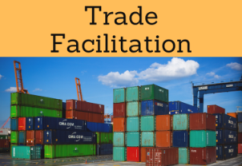
- World Trade Organization (WTO)
- Agreement on Trade in Services (GATS)
- Agreement on Sanitary Measures
- Agreement on Technical Barriers to Trade
- Agreement on Preshipment Inspection
- Agreement on Safeguards
- Trade Facilitation Agreement
- World Customs Organization (WCO)
- Kyoto Convention
- International Road Transport Union (IRU)
- BIC
- Chicago Convention (ICAO)
- International Maritime Organization (IMO)
- Customs Convention on Containers
- Istanbul Convention - not a member
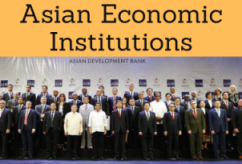
- Economic Commission for Asia (ESCAP)
- Forum for East Asia-Latin America Cooperation (FEALAC)
- ASEM
- Colombo Plan
- Boao Forum for Asia
- Asian Development Bank
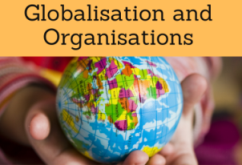
- OECD
- OECD anti-corruption measures
- United Nations
- Conference on Trade and Development (UNCTAD)
- International Trade Centre
- World Intellectual Property Organization (WIPO)
- World Bank
- World Trade Organization (WTO)
- International Monetary Fund
- Commonwealth
- Pacific Economic Cooperation Council
- Organization for Economic Cooperation and Development (OECD)
- New Zealand's capital: Wellington
- English, Maori, and New Zealand sign language are recognized as official languages
- New Zealand has a diverse multicultural population of over 4.5 million people
- New Zealander Area: 268,680 km²
- New Zealand is a constitutional monarchy. The Queen Elizabeth II (UK) is the Head of State
- New Zealand became independent from the United Kingdom in 1853
The main religion in New Zealand is Christianity.
New Zealand belongs to the Economic Area of Oceania.
Economy of New Zealand
- Top fast Growing Sectors of New Zealand: creative and food and beverage (10% of the New Zealander GDP)
- Auckland: 30% of the total annual trade of New Zealand and represent 13% of GDP of NZ
- The currency is the New Zealand dollar (NZD)
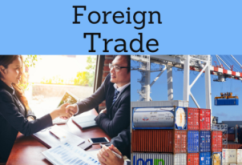
International Trade of New Zealand.
- The principal problem of New Zealand is the great distance that separates the country from the world's largest markets, as the only nearby is Australia (about 1,600 kilometers)
- Top trade partners of New Zealand: Australia, the United States, Japan, China, and the UK
- The fastest growing export markets of New Zealand are China (43%), Singapore (28%), Egypt (25%), the UAE (18%), and India (16%)
- The European Union is a largest Foreign Direct Investment source and is a significant trading partner. New Zealand imported 7.7 billion NZD value of products from the EU economies and exported products for 5.6 billion NZD to the European Union
- The North America region is one of the largest trade and investment partners of New Zealand. The United States and Canada import 1 billion NZD of New Zealand beef every year
- North of Asia is one of the largest markets for the New Zealander consumer products. China, Japan, and the Republic of Korea are respectively their third, fourth and the ninth largest trade partners
- Foreign Trade and economic ties with Southeast Asia (mainly Singapore, Malaysia, and Indonesia) are also crucial
Sample:

(c) EENI Global Business School (1995-2025)
Top of this page





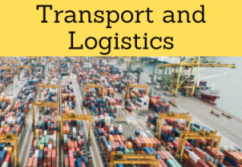



 WhatsApp
WhatsApp